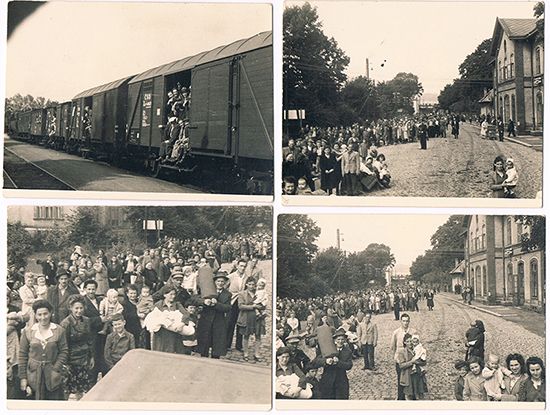New Czech-Language Exhibit Highlights Plight of Refugees

A new exhibit on the USC Shoah Foundation website takes a closer look at the stories of refugees after World War II. It is inspired by the current refugee crisis in Europe.
The exhibit 200 000 uprchlíků ve vlacích (“200,000 refugees in trains”) was curated by USC Shoah Foundation Senior International Program Consultant Martin Šmok, who is based in Czech Republic. Šmok recently wrote a blog post about European attitudes toward Syrian refugees today, noting startling similarities between anti-refugee rhetoric today and during the Holocaust, when Jews were not welcomed into other countries to escape Nazi persecution. Šmok urges educators to use testimonies in the Visual History Archive to teach students about the importance of having compassion and tolerance toward refugees today.
The exhibit provides background information about the Czech government’s response to the influx of Jewish refugees in July 1946, more than a year after the Nazi genocide of Jews ended. Czech authorities disseminated anti-Semitic propaganda saying that the refugees would bring disease, take away social services from citizens and become Zionist terrorists.
Clips from the testimonies of Louise Hermanová and Norma Dimitry, in Czech and English, illustrate the experiences of Jewish refugees just after World War II.
The exhibit also provides relevant vocabulary terms and historical photographs of Jewish refugees from Poland traveling by train through Czechoslovak territory to displaced persons camps.